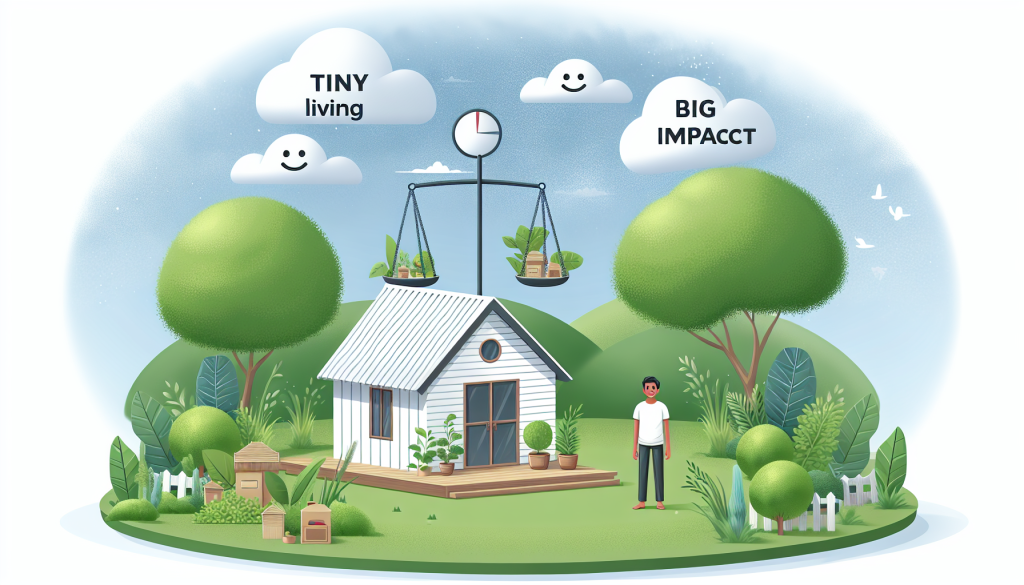
Tiny Living, Big Impact: Is Minimalism the Key to Happiness?
Tiny Living, Big Impact: Is Minimalism the Key to Happiness?
“Less is more.” This famous quote by architect Ludwig Mies van der Rohe perfectly captures the essence of minimalism. In a world where consumerism dominates our lives, the idea of living with less seems counterintuitive. However, the concept of tiny living, or living in a small, minimalist space, has gained a lot of attention in recent years. But what exactly is tiny living and can it truly lead to a happier, more fulfilling life? Let’s dive into the world of minimalism and see if it holds the key to happiness.
What is Tiny Living?
At its core, tiny living is about living simply with fewer possessions and a smaller living space. While the exact size of a “tiny” home can vary, it typically ranges from 100 to 400 square feet. Tiny homes can take various forms, from converted vans and trailers to custom-built small houses.
The tiny living movement gained popularity in the 2000s as a response to the growing trend of living in oversized homes filled with unnecessary possessions. It promotes the idea that owning fewer things can lead to less financial burden, more freedom, and a smaller environmental impact.
The Benefits of Tiny Living
One of the most significant benefits of tiny living is the financial aspect. With a smaller living space and fewer possessions to maintain, the cost of living is significantly reduced. This allows individuals to save money and have more financial freedom.
Minimalism and tiny living also promote a minimalist lifestyle. It encourages individuals to only own items that add value to their lives, leading to less clutter and a more organized living space. This can result in less stress and more mental clarity, leading to a happier and more relaxed mindset.
Furthermore, living in a smaller space forces individuals to be creative and intentional with the items they own. This mindful approach to possessions can foster a stronger sense of appreciation and satisfaction with what one has, rather than constantly striving for more.
The Environmental Impact
In addition to the personal benefits, tiny living also has a positive impact on the environment. With a smaller living space, there is a reduced need for resources such as water and electricity, resulting in a smaller carbon footprint. Furthermore, the minimalist lifestyle promotes buying less and reusing and repurposing items, leading to less waste and a more sustainable way of living.
Is Minimalism the Key to Happiness?
While minimalism and tiny living have their benefits, it’s important to note that they may not be the key to happiness for everyone. Happiness is subjective and can’t be achieved through external factors alone. However, for those who prioritize experiences and relationships over material possessions, the simplicity and freedom that come with tiny living can lead to a more fulfilling life.
Ultimately, whether minimalism is the key to happiness or not, the concept of living with less and being intentional with possessions can have a positive impact on one’s quality of life.
In Conclusion
Tiny living, or minimalism, has become a popular movement that challenges society’s consumerist habits. Choosing to live with less can result in financial freedom, a more sustainable lifestyle, and a clearer and more organized mindset. While it may not be the key to happiness for everyone, it certainly offers many benefits that can contribute to a more fulfilling life. So, is tiny living the answer to true happiness? You’ll have to experience it for yourself to find out.
